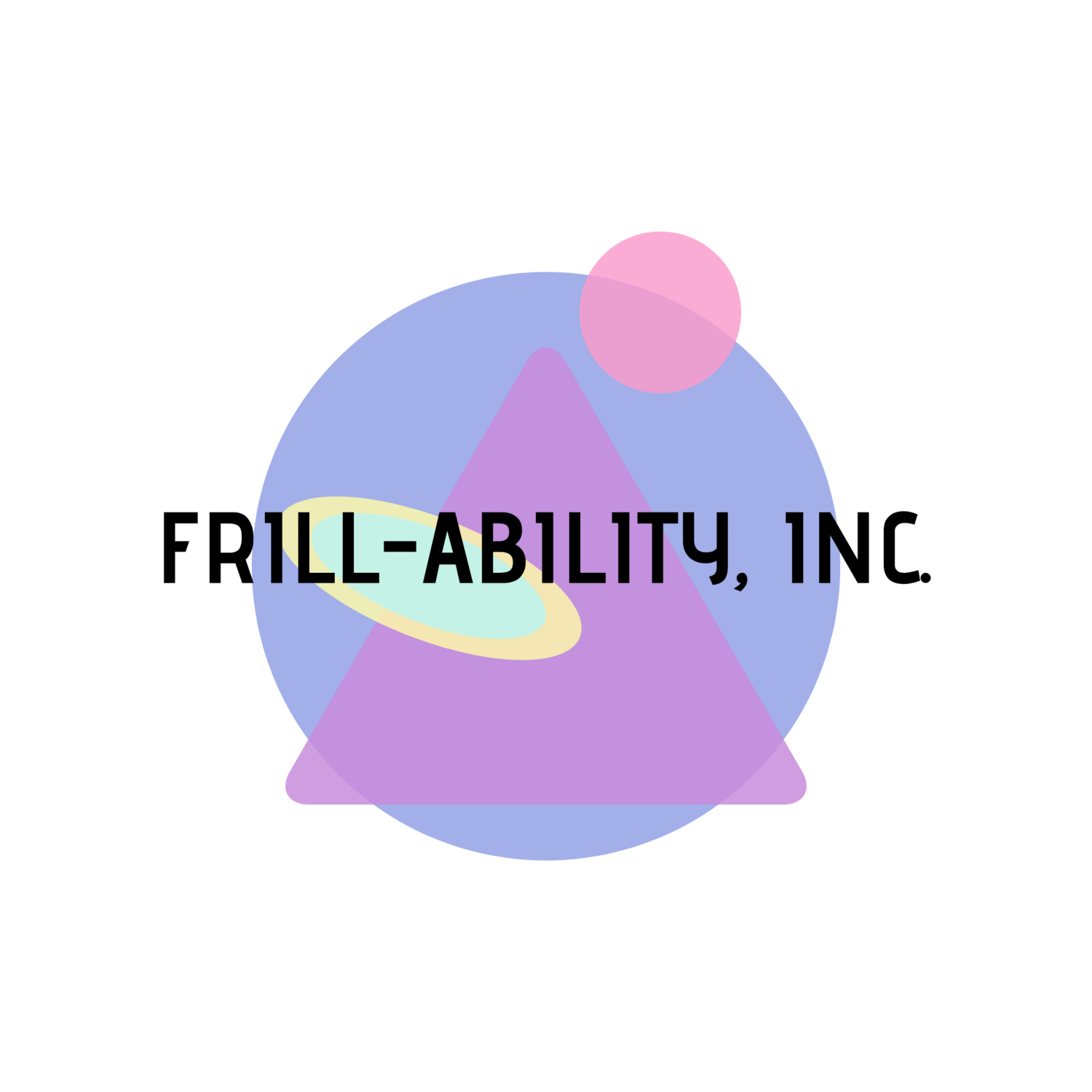Have you ever seen a Roomba vacuum cleaner by iRobot? If you haven't seen one in person or the hilarious videos of cats riding them around people's homes, they are disc-shaped robots ranging in size from 216 mm - 370 mm whose original function could clean your floors by various methods depending on the model. What sets these apart from other cleaners is that they do the job for you, sensing objects that might be in the way, assessing when an area has been completely cleaned, and putting itself away. This, itself, is already something that assists people with and without disabilities by making cleaning less strenuous, but Paulo Pinheiro, co-founder of Hoo-Box, saw a greater opportunity.
Hoo-Box strives for the following goal: human-robot interactions that will increase our quality of life, particularly between the doctor-patient relationship and for people with disabilities. Today, we are going to chat with Paulo and learn more about his innovative ideas that are already helping people today.
ElleJay: First, what inspired you to create Hoo-Box?
Paulo: At the end of 2013, when I received my PhD in robotics, I realized that my desk was full of small products I've assembled and distributed over the past years. Many of the products are now helping hobbyists, robot lovers, and my best customers who are the older adults with disabilities and parents who were using the robotic little devices to interact with their children. At that time, I ran into the situation where I had a few customers before I had the company name. Hoo-Box was designed to keep that robotic flame alive and to continue distributing robotics goods for people who have no understanding in electronics at all.
ElleJay: Chimera and Akeso are your main projects, and it seems like the common thread between the three, and all of your work, is adding humanization to automatization which is usually the opposite of what we think of when we add robots to our everyday lives. Could you tell us more about how your projects benefit humanity in this way and tell us about each of their functions?
Paulo: Chimera was the first product of Hoo-Box. Cleaning up a house is not always an easy task. Vacuum cleaning robot are wonderful but might be inconvenient specially for older adults or people with disabilities. Chimera is a small device to enhance the intelligence of iRobot Roomba robots. This little device has a camera and huge power of navigation. Once it is connected to the Roomba, the robot is able to find its localization position at home and to create cleaning routines based on the behaviors of the residents.
Chimera maps the entire house detecting when each room is busy of people and learning the dirty pattern. Then, the robot can automatically clean the rooms when the owners are not at home or clean up the kitchen or dinner room at night or after the meals.
The second one is Akeso, a low-cost telepresence robot that has been used in medical facilities to allow physicians, staff and visitors to interact with patients from a distant location. The current goal of Akeso is to help older adults with Alzheimer's disease age-in-place by providing different services, such as automated reminders for daily tasks and assistive step-by-step guidance.
ElleJay: Those of us who are not as skilled in building and in inventing technology (like myself, I have none, =P) often either only have a loose understanding of how the electronics we use on an everyday basis actually function or sometimes are too intimidated to learn. However, it's definitely not as scary as it seems; if there's one thing I learned from working as a museum educator, it's that education is for everyone, and no one should be excluded from learning a little something about a topic.
Beginning to understand how the world around us functions, especially amazing technology like you've built, enriches us and might us inspire us to go out to make something of our own that is completely different. That said, could you teach us a little bit about some of the most important aspects of the technology behind Hoo-Box?
Paulo: Part of Hoo-Box's products were made to be used with technologies that you already have at home or devices that are commercially available, as the iRobot Roomba. What we do is to deliver an assistive solution for them. However, we also encourage you to develop your own solutions using the tools we constantly put available for developers. That's why some of our products are great for kids and curious in robotics.
Of course you can use some of our sophisticated and complex localization and navigation algorithms for the robots. But we teach you how to control your robot using your smartphone accelerometer or using your smile or hands movements, and that seems to be way cooler!
"...we teach you how to control your robot using your smartphone accelerometer or using your smile or hands movements, and that seems to be way cooler!"



